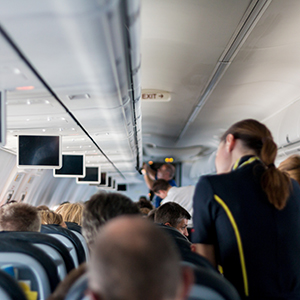COPD patients’ pre-flight check: A narrative review

Published: March 14, 2022
Abstract Views: 1875
PDF: 779
Publisher's note
All claims expressed in this article are solely those of the authors and do not necessarily represent those of their affiliated organizations, or those of the publisher, the editors and the reviewers. Any product that may be evaluated in this article or claim that may be made by its manufacturer is not guaranteed or endorsed by the publisher.
All claims expressed in this article are solely those of the authors and do not necessarily represent those of their affiliated organizations, or those of the publisher, the editors and the reviewers. Any product that may be evaluated in this article or claim that may be made by its manufacturer is not guaranteed or endorsed by the publisher.
Similar Articles
- Prakhar Agarwal, Kranti Garg, Varinder Saini, Isha Singh, Pulmonary rehabilitation: A novel adjunct in management of obstructive sleep apnea , Monaldi Archives for Chest Disease: Vol. 93 No. 1 (2023)
- Deepen Sharma, Rakhee Khanduri, Shailendra Raghuvanshi, Smita Chandra, Sushant Khanduri, Varuna Jethani, Manoj Kumar, Clinical, radiological and histopathological profile of patients with endobronchial lesions on fibreoptic bronchoscopy , Monaldi Archives for Chest Disease: Vol. 93 No. 3 (2023)
- Pietro Impellizzeri, Santi Nolasco, Raffaele Campisi, Antonino Cipolla, Alba Borgese, Stefano Alia, Nunzio Crimi, Claudia Crimi, Acute and long-term management of severe bronchiectasis with high flow nasal therapy: a case report , Monaldi Archives for Chest Disease: Vol. 93 No. 2 (2023)
- Carla Simonelli, Michele Vitacca, Beatrice Salvi, Manuela Saleri, Mara Paneroni, Comparison among three different follow-up models for obstructive sleep apnea syndrome patients: focus on the physiotherapist’s role , Monaldi Archives for Chest Disease: Early Access
You may also start an advanced similarity search for this article.

 https://doi.org/10.4081/monaldi.2022.2252
https://doi.org/10.4081/monaldi.2022.2252





